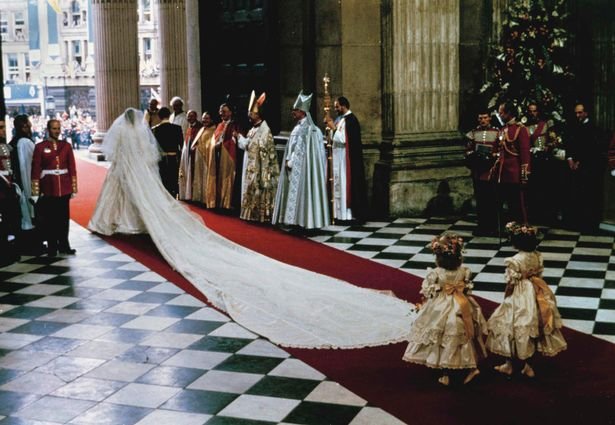Sumptuary Laws in Fashion: What Are They?
What are sumptuary laws and where do they come from?
When delving into the world of fashion history the term ‘sumptuary law’ is eventually bound to appear, but what does it actually mean, and why is it important for us to understand? The most basic definition of a sumptuary law is of a law that is designed to regulate consumption, particularly regarding things like food, furnishings, expenditures, and particularly apparel. The purposes of implementing restrictions on dress have changed over the years but there are some central themes that have emerged linking them together, primarily restricting access to limited materials, promoting national interests, identifying particular professions, and representing class and noble status.
Some of the earliest examples of what we would consider being predecessors of sumptuary laws can be found in Ancient Egypt. There is evidence of restrictions surrounding the wearing of animal furs, starting in the middle period. Leopard skins in particular were highly cherished and became a common identifier seen on priests. This is due to beliefs held at the time that posited that the wearing of skins could transfer the abilities of the animal onto the wearer, and as such these skins and imitations were reserved for kings and members of the priesthood.
The origin of the term ‘sumptuary law’ comes from the Latin ‘sūmptuāriae lēgēs’, and it was in Ancient Rome that specific and detailed laws on dress emerged. The toga, probably the most well-known piece of Roman apparel was to be worn only by the male citizen or the unchaste woman; variations existed with added colour, pattern, or embroidery based on the position for official candidates, magistrates, priests, augurs, generals, mourners, and the children of nobility. There were also very specific rules regarding the usage of the colour purple in clothing, as at the time purple dyes were quite hard to source and were thus reserved for those of high status. The restrictions present in Roman times got increasingly more complex as they evolved and came to influence the Byzantine empire and Medieval Europe as a whole.
For the following centuries, restrictions on dress were implemented by various monarchs at different intervals, throughout the medieval and renaissance periods, the contents of which were much the same. Many materials were specified including, cloth of gold or silver, sable, ermine, velvets, brocades, damasks, and satins, while colours continued to be restricted amongst the lower classes, particularly purples, deep reds and ‘royal blue’. Modern research and historical knowledge, however, suggest that at many times these laws might have gone ignored and unenforced, as there are accounts of individuals dressing ‘above their station’.
Possibly one of the most harmful impacts of sumptuary laws is how they were used throughout history to prohibit the wearing of native dress. Both the Irish and Scottish peoples were at different points banned from wearing their traditional forms of dress and forced to adopt the English style of clothing. And, while the term sumptuary law might not have been used at the time, restricting traditional dress and cultural practice was one of the many ways in which colonists subjugated and suppressed Indigenous peoples and their cultural identity.
Ultimately, while these laws may have been put into place and explained as a way of controlling the use of limited resources, their effect was primarily to further the national and class divisions already prevalent in our society. They served as a simple visual identifier of wealth and status, kept people from their cultural practices, and prevented social mobility within the classes. Understanding and learning about these systems allows us to better understand how intrinsically class systems are built into our society, and how we can work to dismantle these unjust and harmful systems.









